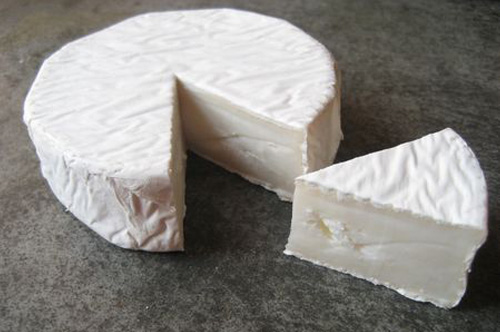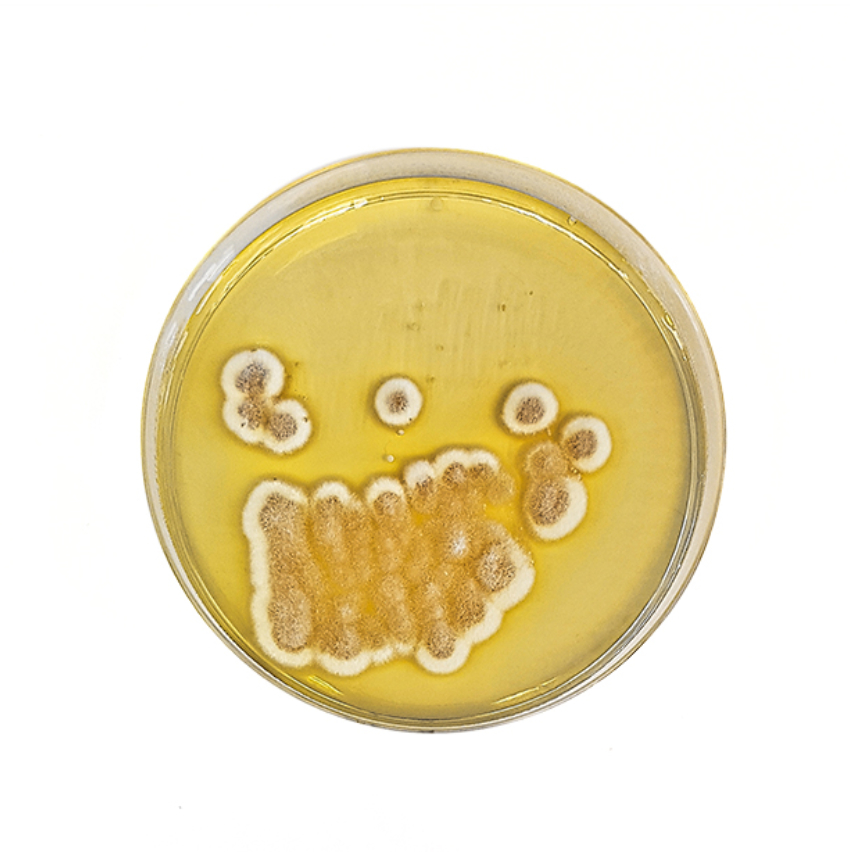Revenge of cheese and eggs
Although eggs look innocent, they can harbor many dangers. If we observe the egg’s surface under a microscope, we can find some microorganisms on it, as well as on any other surface from our environment.


What is then the cause of the rotten egg?
As with any food, any unusual and unexpected change in color, taste and/or smell is a sign for caution. The black or green color of the egg white and (rarely) egg yolk indicates that mold is probably present in these eggs. Mold can sometimes be seen on the surface of the egg, but this kind of spoilage is rare. Sulfur smell or more commonly known “rotten-egg smell” comes from hydrogen sulfide produced by some bacteria and molds. It is possible to notice a fishy smell, smell like hay or soil caused by different bacteria.

Rotten-egg smell
Sulfur smell comes from hydrogen sulfide produced by some bacteria and molds.
The most common danger to eggs is bacteria from the genus Salmonella.
It can reach the egg at any time, from the chicken coop to the refrigerator. Laying hens infected with this bacteria and the presence of feces are just some of the ways in which it is transmitted. The good news is that can be easily destroyed at high temperatures, i.e. when cooking eggs or baking cakes.


What should we pay attention to when handling eggs?
Eggs have their expiry date, that is, they are not infinitely suitable for consumption because the digestion process will begin sooner or later, Spoilage of eggs can be delayed by storing eggs in a dry container at refrigerator temperature. If the egg is cracked, it is very likely that have entered its interior and that the spoilage is ongoing and such an egg should not be consumed!


The old and the fresh egg can be easily identified by the visual aspect of yolk. While in a fresh egg the yolk is separated from the egg white and looks solid, in the old egg it is poured into the egg white and is watery. The structure thus disrupted looks like a broken line of defense against the possible attack of microorganisms.

Freshly laid eggs
They have almost no microorganisms on them because of the hen’s anatomy. Although the sexual and digestive tract of the hen fuse at the very end in the form of an opening (cloaca), when the egg is being laid, the digestive tract narrows, so the likelihood of egg contamination with feces is reduced to a minimum. The microorganisms reach the egg surface from hay, dust and droppings from the confined area where hens are kept.

Today, many types of cheeses are known as well as the microorganisms living in them. However, the most common cause of cheese spoilage is , which is easy to spot because it occurs as a multicolored formation on the cheese surface. However, mold is sometimes desirable on cheese, so its growth is deliberately promoted as it allows for the production of specific flavors. Such mold is often known as noble and is used in the production of cheeses like Brie and Camembert.


Brie

Camembert

Moldy cheeses


Cheese should be stored at refrigerator temperature, and if molds occur, besides the removing the moldy foods , the space (refrigerator) should also be well cleaned.
The mold forms which remain on the surface and in the air and thus reach other foods that can also then be spoiled!












